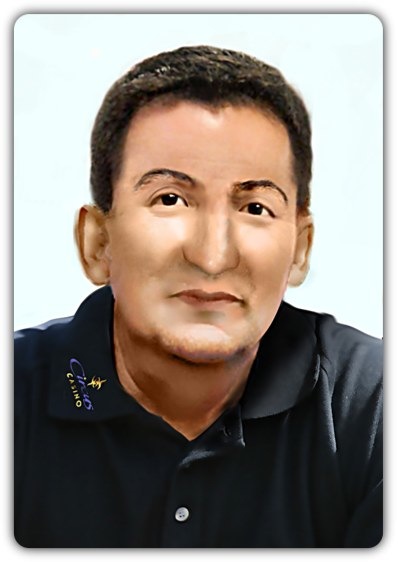 Most people are familiar with the term Poker Face, and after reading this article on the poker face, it got me thinking - is there really a way to tell when someone is bluffing?
Most people are familiar with the term Poker Face, and after reading this article on the poker face, it got me thinking - is there really a way to tell when someone is bluffing?Body Language is an interesting subject. The first book that captured the public's imagination was "Body Language" by Julius Fast which was published in the 1970's but was primarily centered around the idea of knowing if a woman is interested in you, and how to attract women through your own body language. Since then we've been hooked on the idea of the mysterious skill that could give us influence over others.
When it comes to poker, body language certainly plays a role but it's often the face that holds the truth of what kind of hand the player has.
Charles Darwin claimed that facial expressions are universally recognized and this was later proven by a researcher by showing photographs of people with expressions of fear, happiness etc to tribal people who had not been exposed to Westernization. As they managed to correctly describe the facial expressions it proved it's something we're simply born being able to do. However, as with most things, some people are just naturally able to do this better than others.
Poker Players are generally considered masters at being able to control emotion on their own faces, but they are also masters at reading the expressions of others. However, the greatest masters of the Poker Face are those who are able to limit Mircroexpressions.

A Microexpression is a very brief (25th of a second long), involuntary expression of one of the seven universal facial expressions that Darwin identified and that were subsequently tested with the non-westernized tribal people in proving his theory - disgust, anger, fear, sadness, happiness, surprise, and contempt.
As these expressions are involuntary, they are nearly impossible to fake. While most people know of the larger indications that someone is lying while speaking to them (touching the nose or face, avoiding eye contact, eyes looking towards the left while answering), very few of us know how to correctly read microexpressions.
In research conducted by the BBC for a show on lying and facial expression they tested people who are generally thought to be good at detecting lies. Specifically they tested a wide variety of law enforcement officials who one would generally regarded as having good instincts when it comes to knowing if someone is lying. The study revealed that Police Officers and other investigators only had a slightly higher than average ability to detect lies. The surprising result was that Secret Service agents were far better than anyone at detecting lies, but still only got it right 80% of the time. What was their secret? They had been specifically trained to recognise micro expressions.
So unless you have the time and patience to master your ability to disguise a microexpression, we advise giving your poker face a rest. Just let all those emotions hang out where we can see them and have a good session behind a slot machine!


No comments:
Post a Comment
Feel free to leave us your comment.
However, if you require a response then please do not hesitate to contact us through either our Facebook Fan Page or through the contact form found on the "Contact Us" tab.
Note: Support queries sent through this Blog will not be responded to.